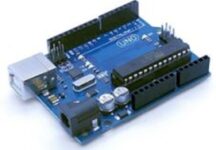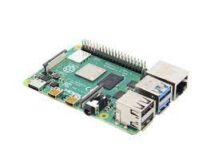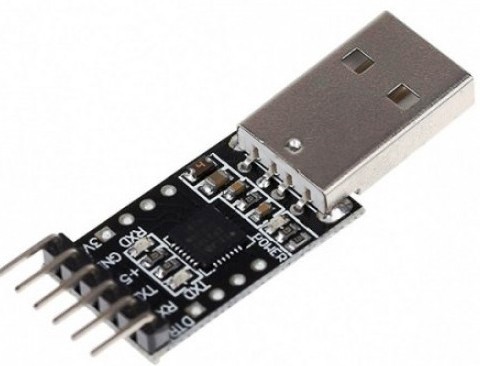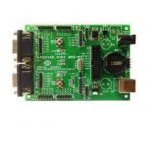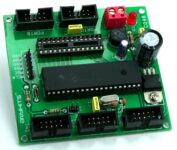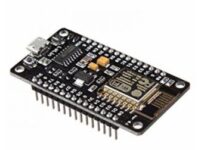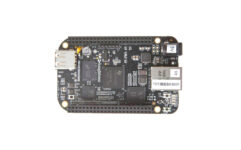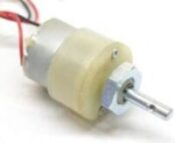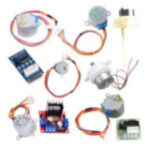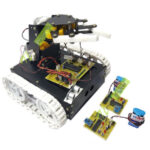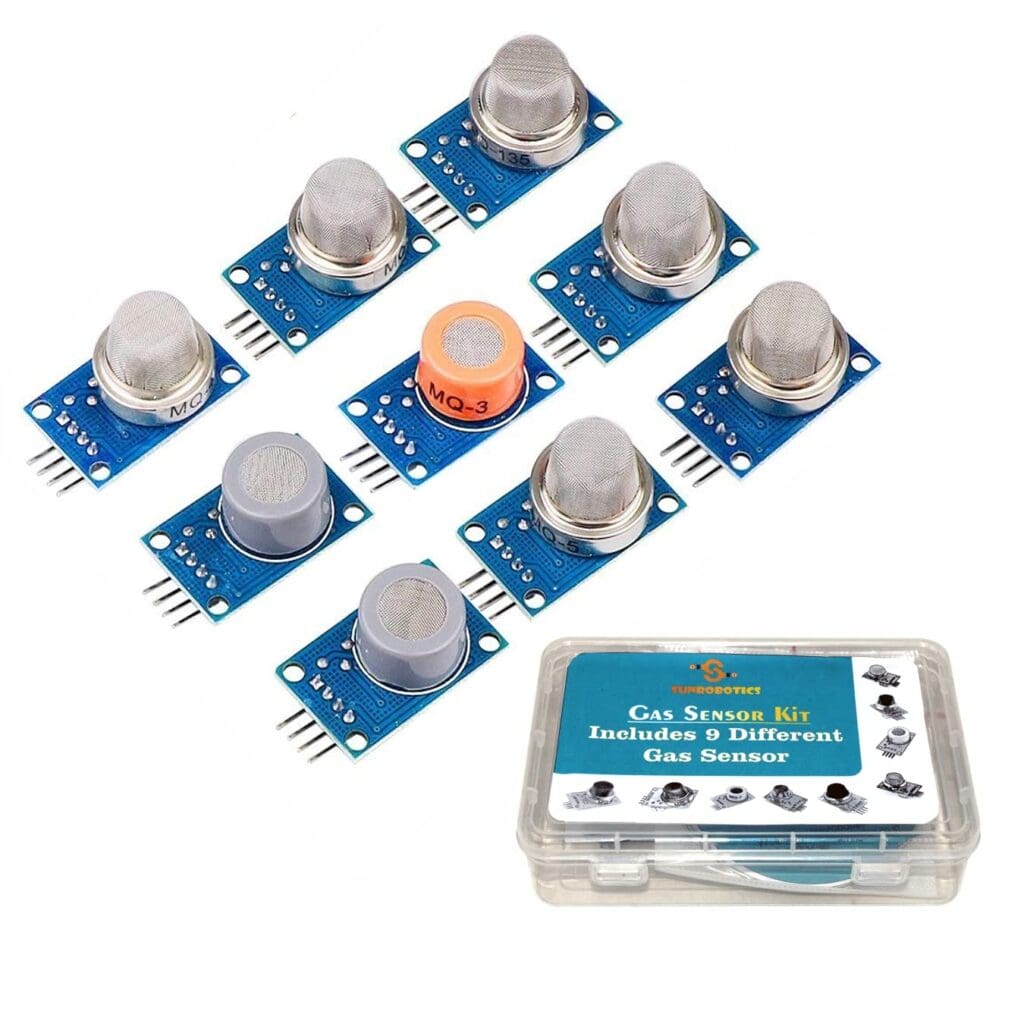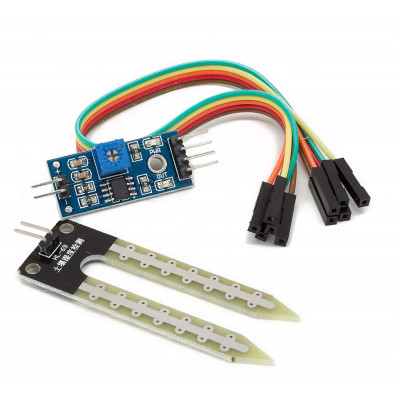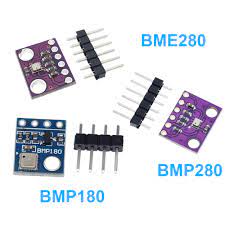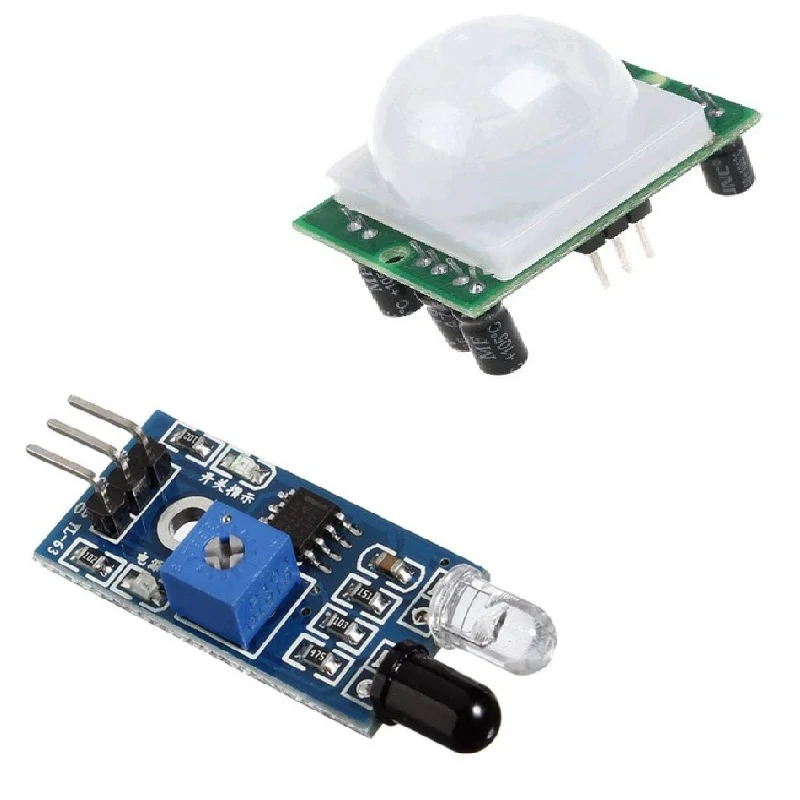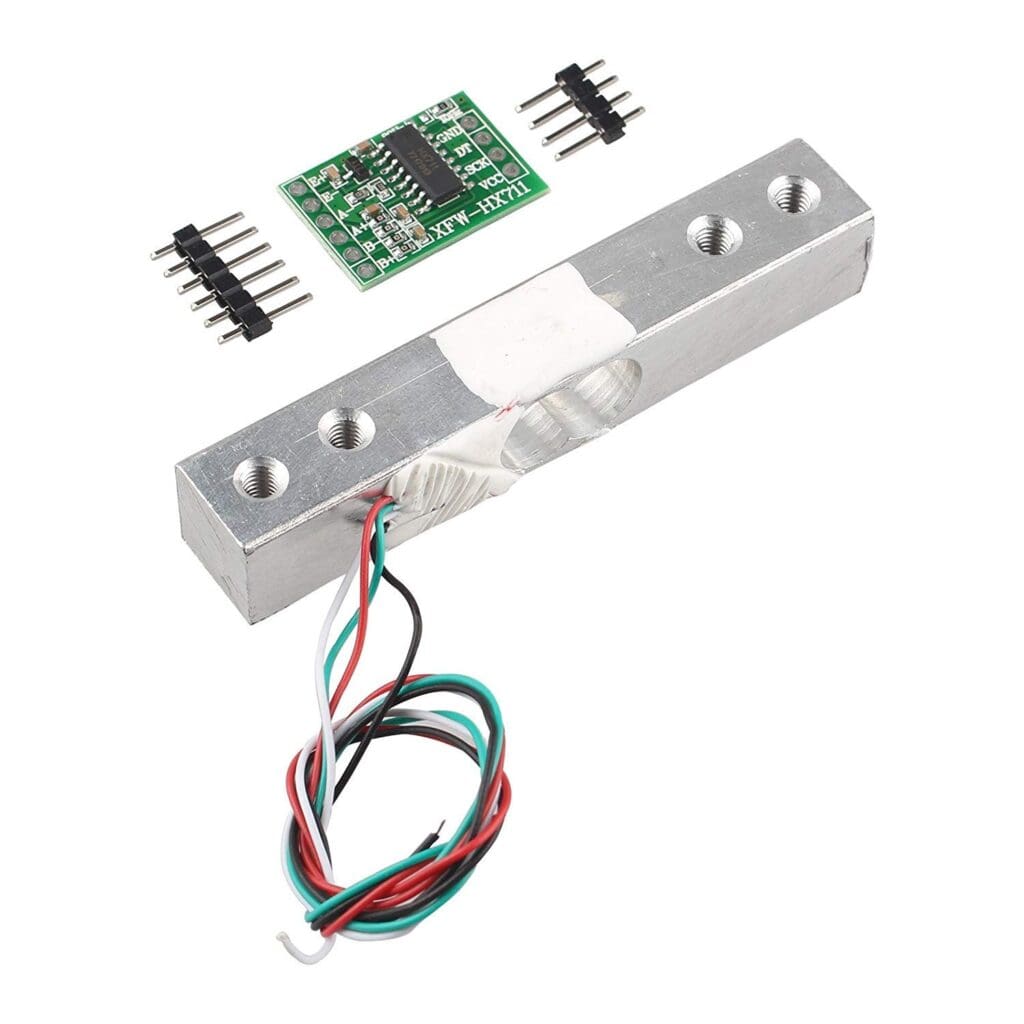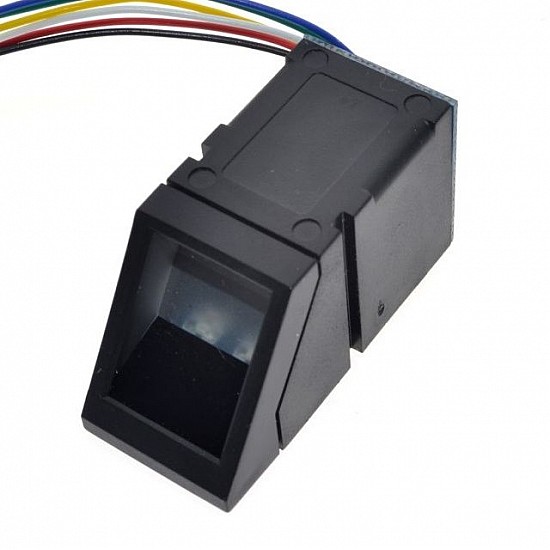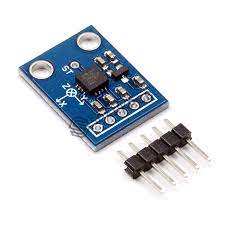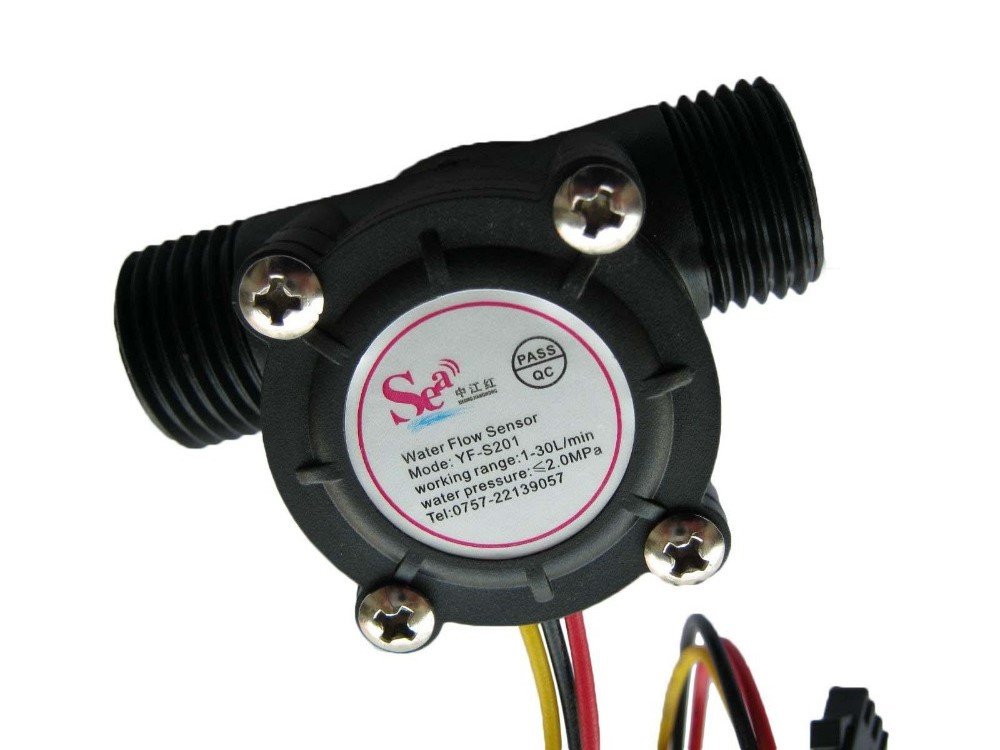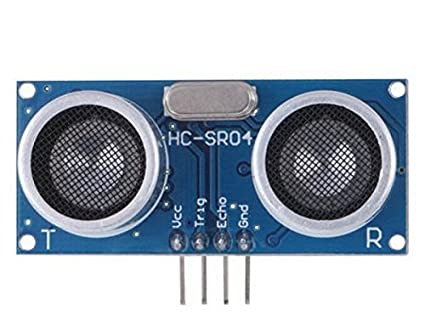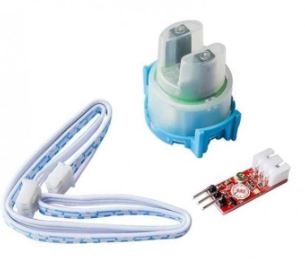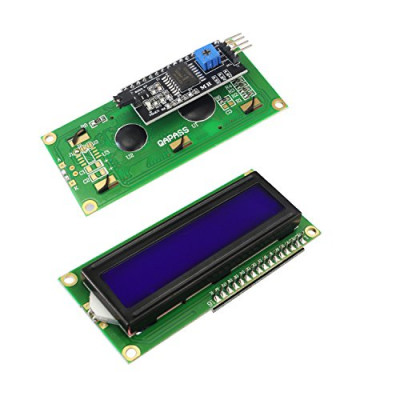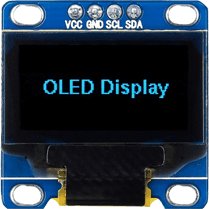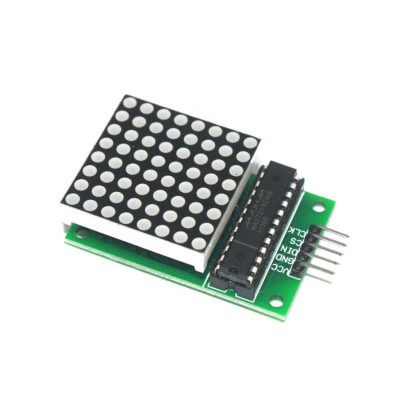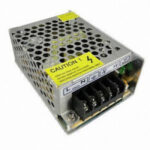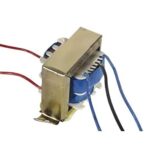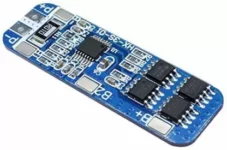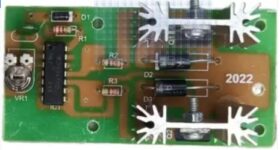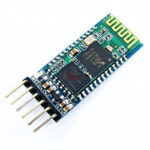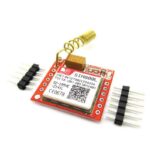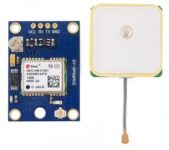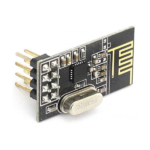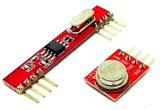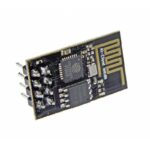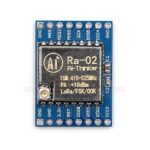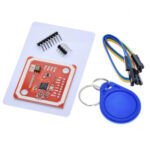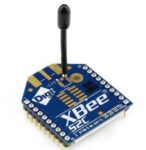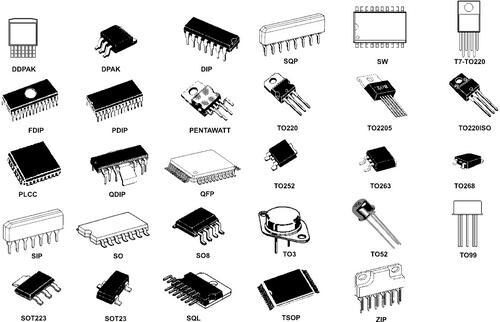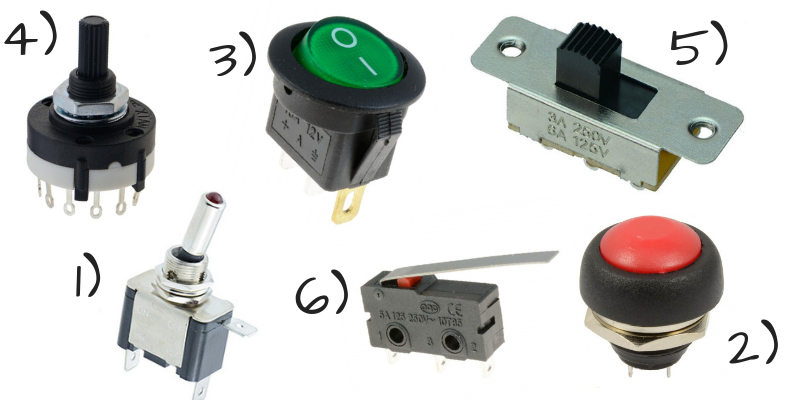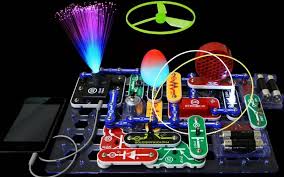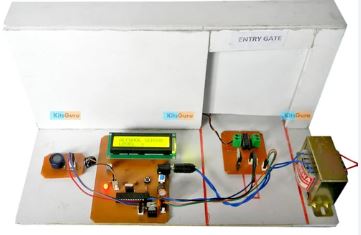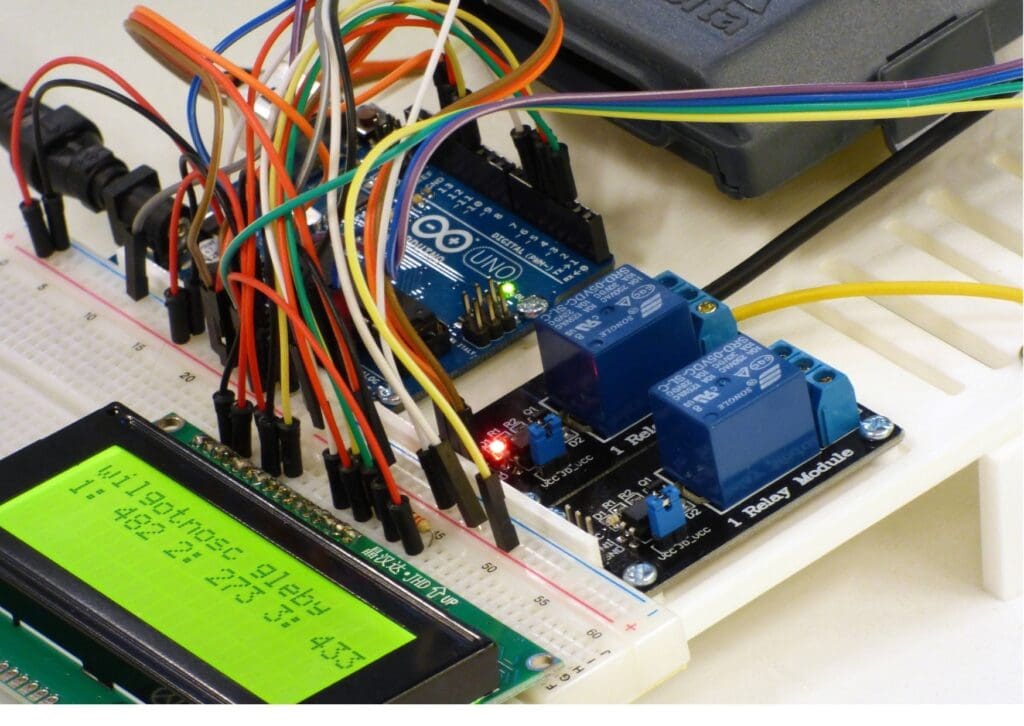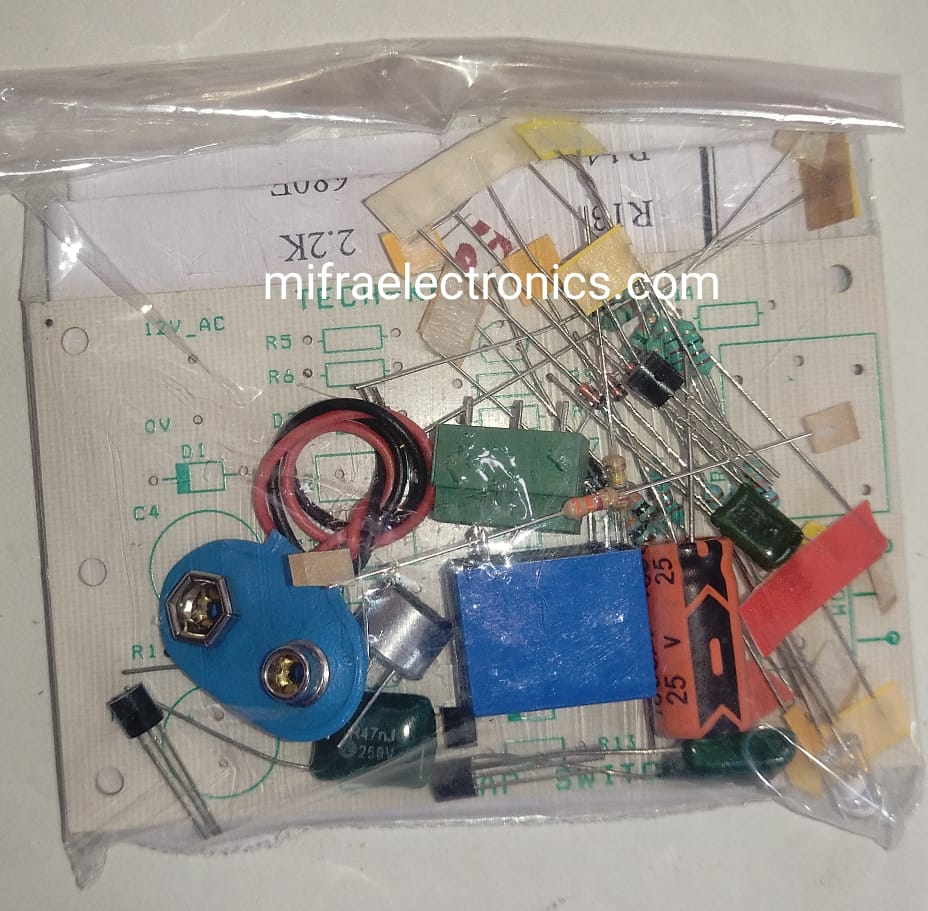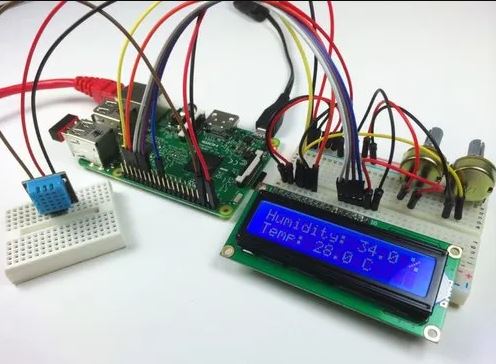Smart Car Parking System Project
Introduction:
The Smart Car Parking System Project revolutionizes traditional parking methods by employing advanced technology to optimize parking space utilization and enhance user convenience. Through a network of sensors and smart devices, the system monitors the availability of parking spaces in real-time, providing drivers with accurate information on vacant spots. Additionally, by utilizing data analytics and machine learning algorithms, the system intelligently predicts parking demand patterns, allowing for efficient allocation of parking resources. Moreover, integrated mobile applications enable users to reserve parking spots in advance, further streamlining the parking process and reducing congestion in parking lots.
Furthermore, the Smart Parking System enhances overall traffic flow and reduces environmental impact by minimizing the time spent searching for parking spaces. By guiding drivers directly to available spots and reducing idle time, the system helps mitigate carbon emissions and alleviate traffic congestion. Additionally, the integration of smart payment systems enables seamless and cashless transactions, enhancing user convenience and security. Overall, the Smart Parking System represents a significant advancement in urban mobility solutions, leveraging technology to optimize parking management, improve user experience, and promote sustainable transportation practices.
-

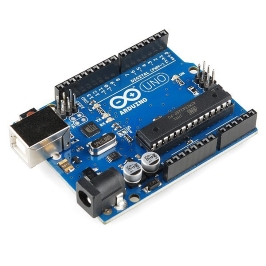 Rated 0 out of 5Sale!Add to cart
Rated 0 out of 5Sale!Add to cart₹1,250.00Original price was: ₹1,250.00.₹628.00Current price is: ₹628.00. -

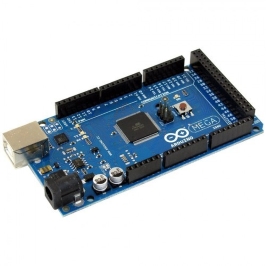 Rated 0 out of 5Sale!Add to cart
Rated 0 out of 5Sale!Add to cart₹1,499.00Original price was: ₹1,499.00.₹1,298.00Current price is: ₹1,298.00.
Projects Categories:
Products Categories:
- Robotics
- Actuators
- Camera Modules
- Drone Kits
- Drone Components
- Chassis
- DC Motors
- Other Robotic accessories
- Pick and Place Modules
- Robotic Kit
- Servo Motors
- Stepper Motors
- Wheels
- Microcontrollers & Programmers
- 8051 Microcontroller
- Arduino Microcontroller
- ARM Development Board
- Interface Module
- NODMCU / ESP Modules
- PIC Microcontroller
- Raspberry Pi
- Devices and Actuators
- Display Modules
- Sensors & Module
- Power Supply / Batteries
- Wireless modules
- Electronic Components
- Wholesale Market
-

 Rated 0 out of 5Sale!Add to cart
Rated 0 out of 5Sale!Add to cart₹120.00Original price was: ₹120.00.₹25.00Current price is: ₹25.00. -

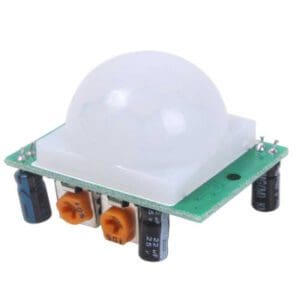 Rated 0 out of 5Sale!Add to cart
Rated 0 out of 5Sale!Add to cart₹110.00Original price was: ₹110.00.₹68.00Current price is: ₹68.00. -

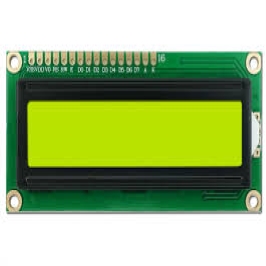 Rated 0 out of 5Sale!Add to cart
Rated 0 out of 5Sale!Add to cart₹250.00Original price was: ₹250.00.₹198.00Current price is: ₹198.00. -

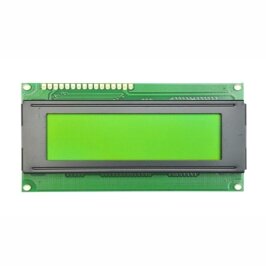 Rated 0 out of 5Sale!Add to cart
Rated 0 out of 5Sale!Add to cart₹650.00Original price was: ₹650.00.₹338.00Current price is: ₹338.00.
Description of Smart parking system
The Smart Parking System revolutionizes traditional parking management by integrating advanced technologies for a seamless and efficient parking experience. Utilizing sensors, cameras, and real-time data analytics, the system offers drivers real-time information on parking availability, Additionally guiding them to vacant parking spots quickly and conveniently. Moreover, through the use of mobile applications or digital signage. Therefore drivers can access information on parking rates, payment options, and even reserve parking spaces in advance, enhancing convenience and reducing the time spent searching for parking.
Furthermore, the Smart Parking System enhances overall traffic flow and reduces congestion by optimizing parking space utilization and providing insights into parking trends and patterns. And by analyzing data on parking occupancy and demand, city planners and parking operators can make informed decisions to improve parking infrastructure and alleviate traffic congestion. Additionally, the integration of smart technologies allows for the implementation of dynamic pricing strategies, incentivizing drivers to park in less congested areas or during off-peak hours. Overall, the Smart Parking System represents a significant step forward in urban mobility, offering a smarter, more efficient, and user-friendly solution to parking management.
Efficiency Enhancement with Real-Time Monitoring
Similarly, The Smart Car Parking System Project optimizes parking space utilization and enhances efficiency through real-time monitoring and data analytics. By deploying sensors and cameras in parking lots, and the system continuously monitors parking occupancy, providing accurate and up-to-date information on available parking spaces. So This real-time data allows drivers to quickly locate vacant spots consequently reducing the time spent circling parking lots and minimizing traffic congestion. Additionally, parking operators can use insights from real-time monitoring to identify trends and patterns in parking demand, enabling them to allocate resources more effectively and improve overall parking management strategies.
Components Requirement and Working
Components Required
- Parking space sensors (IR Sensor)
- Microcontrollers or microcomputers (Arduino Nano)
- Display screens (16 x 2 LCD screens)
- Barrier mechanisms (if integrating automated barriers)
- Power supply and wiring
- Dummy Car Models
The Wireless power transmission with parking system Project essential components:
1. Parking space sensors (IR Sensor):
Parking space sensors, often utilizing infrared technology, detect the presence of vehicles in parking spots. They transmit signals to a central control system, allowing it to monitor the occupancy status of individual parking spaces. These sensors contribute to efficient parking management by providing real-time information to drivers and parking operators, reducing the time spent searching for available spaces and optimizing parking space utilization.
2. Microcontrollers (Arduino nano):
Microcontrollers, such as the Arduino nano, serve as the brains of the smart parking system, processing data from parking space sensors and controlling various system functions. They execute programmed instructions to manage tasks like displaying parking availability on LCD screens, operating barrier mechanisms, and communicating with external devices. With their compact size and powerful capabilities, microcontrollers enable the smart parking system to operate autonomously and efficiently, enhancing overall system performance and reliability.
3. Display screens (16 x 2 LCD screens):
Display screens, typically in the form of 16 x 2 LCD screens, provide visual feedback to drivers by displaying parking availability information and other relevant messages. Moreover, they serve as user interfaces, conveying important details such as available parking spaces, parking rates, and directional guidance. These screens enhance the user experience by presenting information in a clear and easily understandable format, helping drivers make informed decisions about where to park. Additionally, they contribute to improved traffic flow and reduced congestion by guiding drivers to available parking spaces quickly and efficiently. Furthermore, they play a crucial role in optimizing parking space utilization and enhancing overall parking management systems.
4. Barrier mechanisms:
These components are optional in smart parking systems and are used to control vehicle access to parking spaces. Automated barriers can be integrated to restrict entry or exit based on occupancy status or payment verification. They enhance security and efficiency by managing traffic flow and preventing unauthorized parking.
5. Power supply and wiring:
Essential for providing electricity to the system components, ensuring their proper functioning. Adequate wiring distributes power efficiently, minimizing potential hazards and ensuring reliable operation. Properly maintained power supply and wiring are crucial for the overall performance and safety of the smart parking system.
6. Dummy Car Models:
Used for testing and calibrating the parking sensors and system functionality. Mimic real vehicles to simulate parking scenarios accurately. Essential for ensuring the accuracy and reliability of the smart parking system’s detection and response mechanisms.
Working of Smart Car Parking System:
The Smart Car Parking System Project operates seamlessly to alleviate traffic congestion and provide efficient parking solutions in crowded urban areas. By employing advanced technology like sensors and real-time data processing, the system optimizes parking space utilization and enhances user experience. This automated solution eliminates the need for human intervention, ensuring hassle-free parking management without delays or complications.
The system functions by utilizing parking space sensors to detect vehicle presence and transmit data to the central system for processing. This information is then analyzed in real-time to determine parking availability and update users accordingly. Additionally, an automated payment system may be integrated to facilitate convenient transactions, while barrier mechanisms control access to the parking area. Through effective integration of components and rigorous testing, the Smart Car Parking System delivers a reliable and user-friendly solution to urban parking challenges, promising a smoother and more efficient parking experience for all.
Conclusion:
In conclusion, the Smart Car Parking System represents a significant advancement in urban infrastructure management, offering a practical solution to the perennial problem of parking congestion. By leveraging cutting-edge technology such as sensors, microcontrollers, and real-time data processing, the system streamlines parking operations, reduces traffic congestion, and enhances overall urban mobility. With its automated features and user-friendly interface, the system not only improves the efficiency of parking management but also enhances the overall quality of life for residents and visitors in crowded urban areas.
Furthermore, the implementation of the Smart Car Parking System holds promise for broader societal benefits, including reduced carbon emissions, improved air quality, and increased economic productivity. By alleviating parking-related stress and frustrations, the system contributes to a more sustainable and livable urban environment. Moving forward, continued innovation and integration with other smart city initiatives will further enhance the effectiveness and impact of smart parking systems, paving the way for smarter, greener, and more connected cities of the future.
To Explore More Projects: Click here
-

 Rated 0 out of 5Sale!Add to cart
Rated 0 out of 5Sale!Add to cart₹1,299.00Original price was: ₹1,299.00.₹769.00Current price is: ₹769.00. -

 Rated 0 out of 5Sale!Add to cart
Rated 0 out of 5Sale!Add to cart₹1,299.00Original price was: ₹1,299.00.₹859.00Current price is: ₹859.00. -

 Rated 0 out of 5Sale!Add to cart
Rated 0 out of 5Sale!Add to cart₹1,799.00Original price was: ₹1,799.00.₹1,389.00Current price is: ₹1,389.00. -

 Rated 0 out of 5Sale!Add to cart
Rated 0 out of 5Sale!Add to cart₹1,299.00Original price was: ₹1,299.00.₹999.00Current price is: ₹999.00. -

 Rated 0 out of 5Sale!Add to cart
Rated 0 out of 5Sale!Add to cart₹1,799.00Original price was: ₹1,799.00.₹1,389.00Current price is: ₹1,389.00. -

 Rated 0 out of 5Sale!Add to cart
Rated 0 out of 5Sale!Add to cart₹329.00Original price was: ₹329.00.₹220.00Current price is: ₹220.00.
For additional blog content, to explore further insights and articles. Click here
433MHz RF Module Works &
Working 433MHz RF Module Works & Interfacing With Arduino Introduction Wireless communication has become an...
Read MoreVoice Recognition Technology
Voice Recognition Technology Introduction Voice recognition technology, a groundbreaking innovation in the realm of electronics,...
Read MoreHow to attach heat sink
How to attach heat sink to raspberry pi 4 INTRODUCTION Attaching a heat sink to...
Read MoreUnderstanding Integrated Circuit And Microchips
Understanding Integrated Circuit And Microchips Introduction Integrated circuits (ICs), often referred to as microchips, are...
Read More


